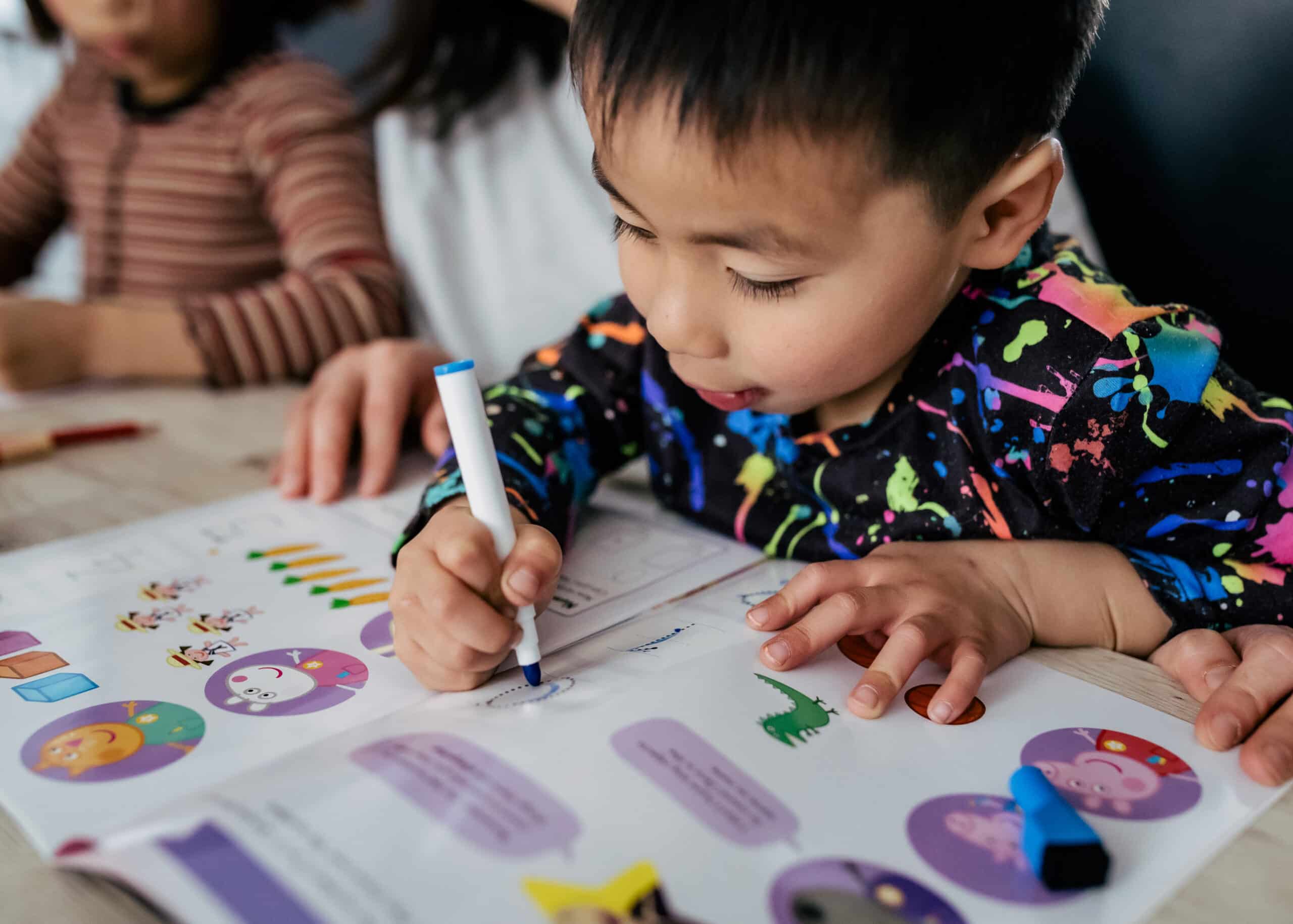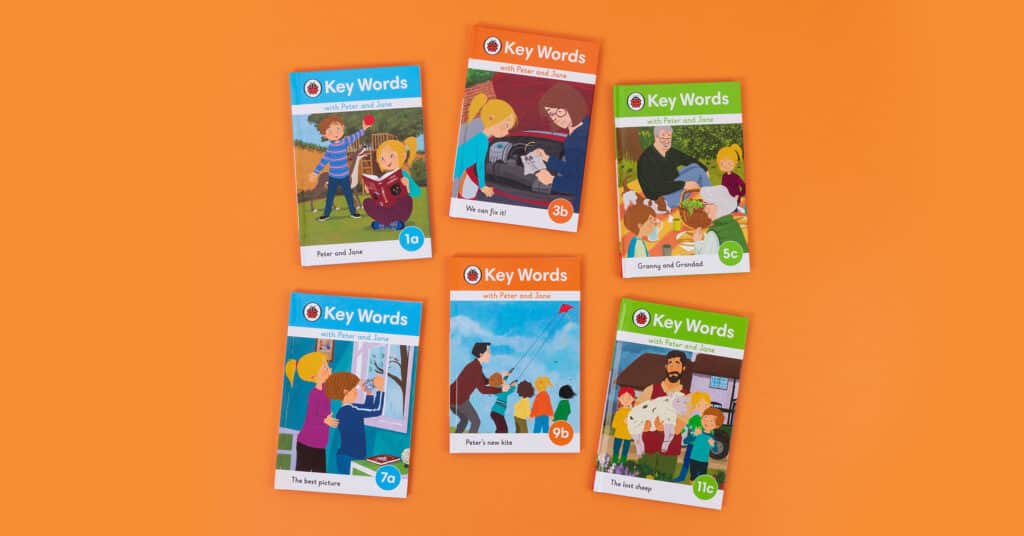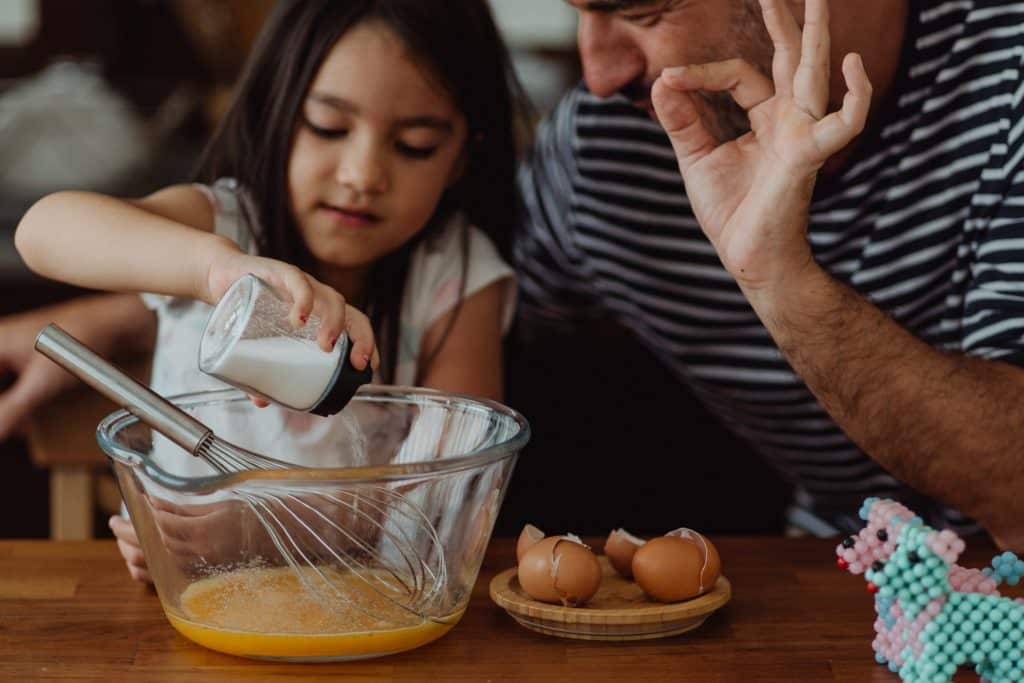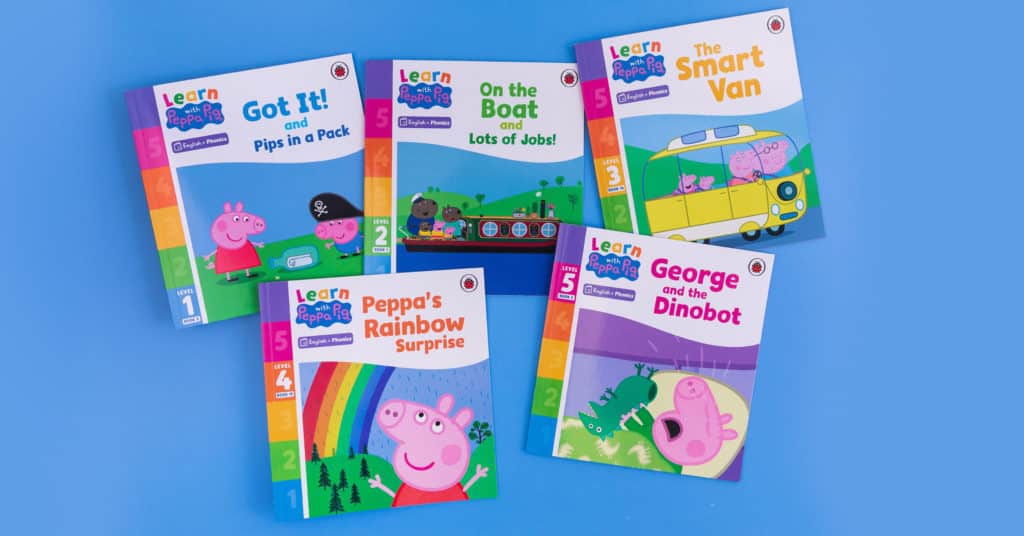Practical tips for Handwriting with the help of Peppa Pig
Peppa Pig is a popular playful character that sparks children’s curiosity and imagination. These new Learn with Peppa activity books, ‘Writing Big Letters’ and ‘Writing Little Letters’, provide a wonderful opportunity to introduce and practise uppercase and lowercase letters with your little one. Read on to learn more about the handwriting process and for some practical tips for Handwriting with the help of Peppa Pig.
The Handwriting Process
Handwriting is a wonderful skill that needs nurturing, encouragement, praise and monitoring. The first sign that your child is ready to start their journey is when they move from random scribbles to drawing vertical lines, horizontal lines and circular shapes. Often, we see this in the form of stick drawing people. The next step is teaching pen control skills by encouraging tracing and copying pre-writing patterns. These can also be called handwriting patterns. Every pattern helps develop the pen control skills needed to form letters. Some patterns such as a zigzag pattern help to help a child to develop the control needed to write the letters v and w. The last step, before we’re able to write the alphabet in a sequence, is to learn to write letters in specific groups. The Learn with Peppa ‘Writing Little Letters’ book does exactly this. The letter is l, i and t are easier to learn to write as a group because they all have a similar shape.
Practical tips for Handwriting
Here are 5 top tips to help your child learn to write lowercase letters:
1. Set yourselves up for success. It is important that any writing practice happens when your child is sitting at a table. They need both feet flat on the floor. Their bottom should be at the back of a chair.
2. Start with the pre-writing activities. This will teach your child three essential skills. Hand-eye coordination skills. Fine motor skills. Understanding of how to hold and control a pen.
3. Break it down into achievable steps. The Learn with Peppa ‘Writing Little Letters’ book, teaches how to write the letter I before the letter z. This is because it is more difficult to form the letter ‘z’. But fear not. Every letter has a verbal description of what to say to your child. It also has a visual guide of a dot to start, and an arrow to show where the pen moves. If a letter needs more than one pen stroke. There are helpful numbers to teach your child, the sequence that you would write it in.
4. Don’t rush. Our handwriting and fine motor control skills change when we are tired. There will be some days that your child will be able to do a few pages or even the whole book. Yet, there will be other days that your child might need more time to practice. Let them guide you. Aim for quality over quantity. It is better to take time to master the letters. Rather than thinking of the number of letters, they can attempt to write.
5. Be a role model. We can all feel at times that our handwriting is a little bit messy and unreadable. Yet, when you are showing your child how to write be a role model to them. Write in the style of writing that they are trying to copy. They will be keen to follow your lead.
The biggest piece of advice that we can give you is to keep any handwriting practice fun. No one wants to see a reluctant writer. Peppa and her friends provide vibrant and visually appealing writing books. The connection your child has with knowing the characters will help them learn to write. This in turn will encourage and motivate them.
Read more about Learn with Peppa and handwriting in this Help with Handwriting blog post.





